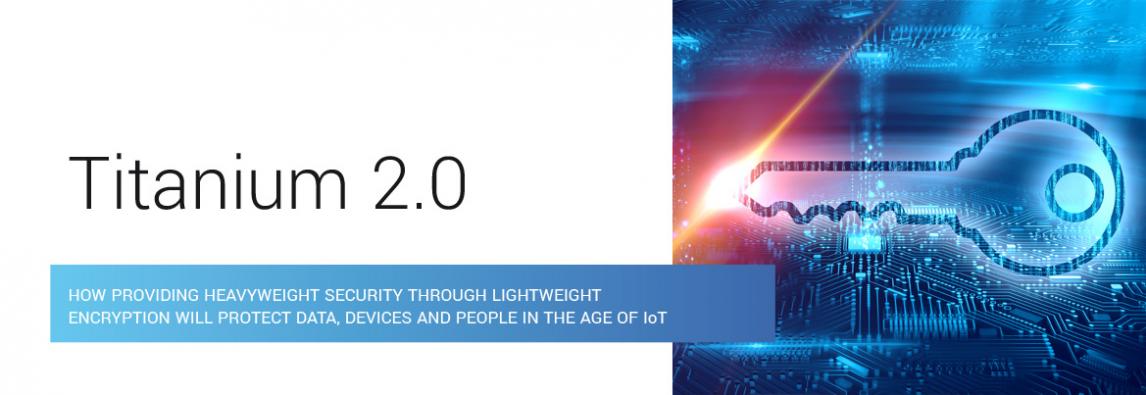
ELIoT Pro expert White Paper Series Part 2: Titanium 2.0
In the second whitepaper of our 4-part series we explore Machine-to-Machine (M2M) authentication, including the problems associated with designing cyber security solution for IoT devices. Explore our solution based on our proprietary Lightweight Encryption methodology.
Internet of things, source of danger?
The term “Internet of Things” (IoT) was coined in the late 1990s by an entrepreneur Kevin Ashton. Ashton, who’s one of the founders of the Auto-ID Center at MIT, was part of a team that discovered how to link objects to the Internet through an RFID tag.
The concept evolved as wireless internet became more pervasive and embedded sensors grew in sophistication.
The Internet of Things is a rapidly growing technology and a huge market which aims to connect all devices to the existing internet infrastructure.
At present mainly mobiles, computers, tablets and Smart TV are connected with internet. By using IoT all the devices (eg:- coffee maker, A.C, washing machine, ceiling fan, lights almost anything you think of) having sensors can be connected to the internet.
Did you ever imagine your groceries could be automatically ordered once your refrigerator gets connected to the internet, by sending a signal to your local grocery shop when your groceries are short in supply? Have you ever felt a need to have a sensor attached to your wallet when you misplace it, so that you could know its exact location? Imagine the additional competitive advantage a manufacturing plant could extract if it starts getting real-time information on the health and performance of its machineries. All the above latent needs converge to a single concept called Internet of Things (IoT) which is creating an unprecedented buzz across the world because of the potential it holds to fundamentally alter the way humans live and interact, and as a result reshaping the business world.
However, everything new and shiny has downsides, and security and privacy are the biggest challenges for IoT. All these devices and systems collect a lot of personal data about people – that smart meter knows when you’re home and what electronics you use when you’re there – and it’s shared with other devices and held in databases by companies. As soon as there’s a financial benefit to hacking smart homes, there will be a cybercriminal working away at it.
How we can prepare for IoT-related risks? Lightweight Encryption is an answer
How we can prepare for IoT-related risks? Lightweight Encryption is an answer
While smart devices and systems are making life easier for its users, the steady adoption of the Internet of Things and the integration of more smart systems into our every-day-life areas and activities are making many industries and consumers more vulnerable to attacks – possibly with life-threatening repercussions. With cybercriminals looking past desktops and mobile devices, consumers must be more careful when it comes to the security of internet-connected devices and systems.
Cyberus Labs team has developed technology known as Lightweight Encryption (LE) which is a unique synthesis of secure device-to-device authentication with data encryption to protect both devices and data.
Working alongside supporting technology in one architectural framework, Lightweight Encryption can become the base technology for cyber security in the IoT world. Cyberus Labs have done precisely that and have fused Lightweight Encryption with other key components including ground-breaking user authentication protocols, and robust analytics to produce the world’s first end-to-end cyber security solution for IoT – ELIoT Pro.
Download our ELIoT Pro White Paper Series: Part 2. Want more info about ELIoT Pro and our solutions? Check out our resources.






